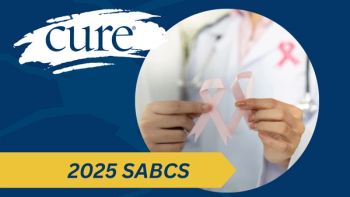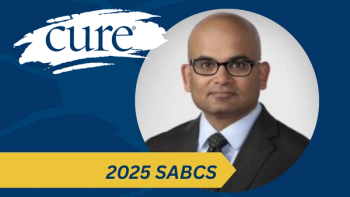
A Cancer Survivor Unpacks the Impacts of Society’s Labels: 'Am I a Victim or a Survivor?'
A melanoma survivor and former caregiver analyzes the way society’s labels shape our behaviors and identities.
Throughout our lives, whether consciously or unconsciously, we label ourselves. Often it is situational. When we are a young and in the company of our parents we are “the child.” When with our siblings we are “the brother or sister.” In school we are both “student” or “classmate,” often with no choice of our role and an outside expectation of how it is to be projected. This pattern repeats into our adulthood with our environment and the people populating it defining our identity. We become, employee, spouse, parent or guardian. To some extent this continues all or lives, both with surroundings and with experiences labeling us. As we mature, we learn to choose the identity we want and the definition of that role. Like putting on a uniform or a knight’s suit of armor, the first time we choose to do this it can feel foreign. But as time goes on, we become comfortable with the fit and begin to expand this wardrobe. We learn to mix and match labels, being more than one thing at a time.
Then cancer or some other illness enters the picture. Whether attacking you or a loved one, it changes your identity. Am I a “victim” of cancer, a “survivor,” a “caregiver?” Often, we are all those things at once. Eventually we shed an identity that no longer fits or is holding us back. We evolve to the next step and become “advocate,” “sponsor,” or “mentor.” These new identities help us to take on a leadership role in helping others and making a difference. How we define ourselves and view ourselves can have a huge impact on how we appear to the outside world and how we view others and their identity. This can be a major factor in our ability to help others. Whether participating at an event, helping as a volunteer, or taking on the role of coordinator, we choose our own path on how we are going to fulfill these identities we have chosen.
Throughout our life we watched others as they identified themselves and studied how they filled their roles. Literature has also given us a plethora of icons to use as models for our identities. We both learn and teach by example. We will adopt what works for us and discard, or store for future reference, anything that is not useful at the moment. We will actively seek out someone that has identified themselves with a label we are now building for ourselves. Once we start living with our new label, we move to the position of being the one to be emulated.
This is the journey that has brought me to the point I am at right now. Opportunity has knocked and I am now taking on a more official identity of “patient advocate” on a tumor board. I can only say I hope to use what I’ve learned from those I’ve worked with, those I’ve seen, those I’ve only read about, and with my past identities in making this new label a comfortable suit of armor.
For more news on cancer updates, research and education, don’t forget to




